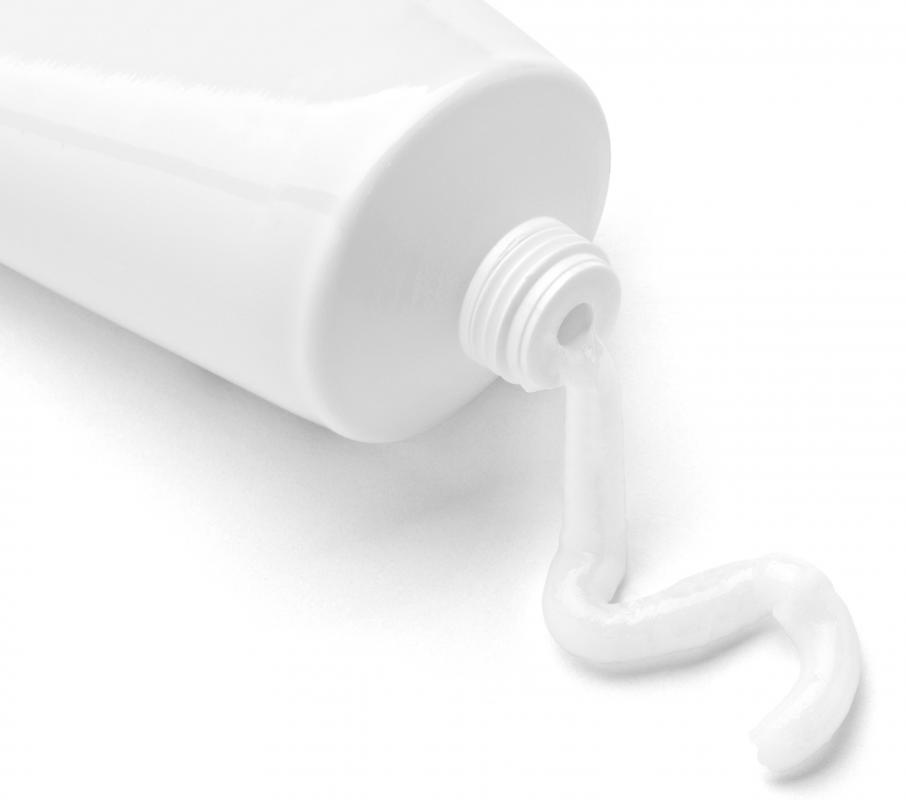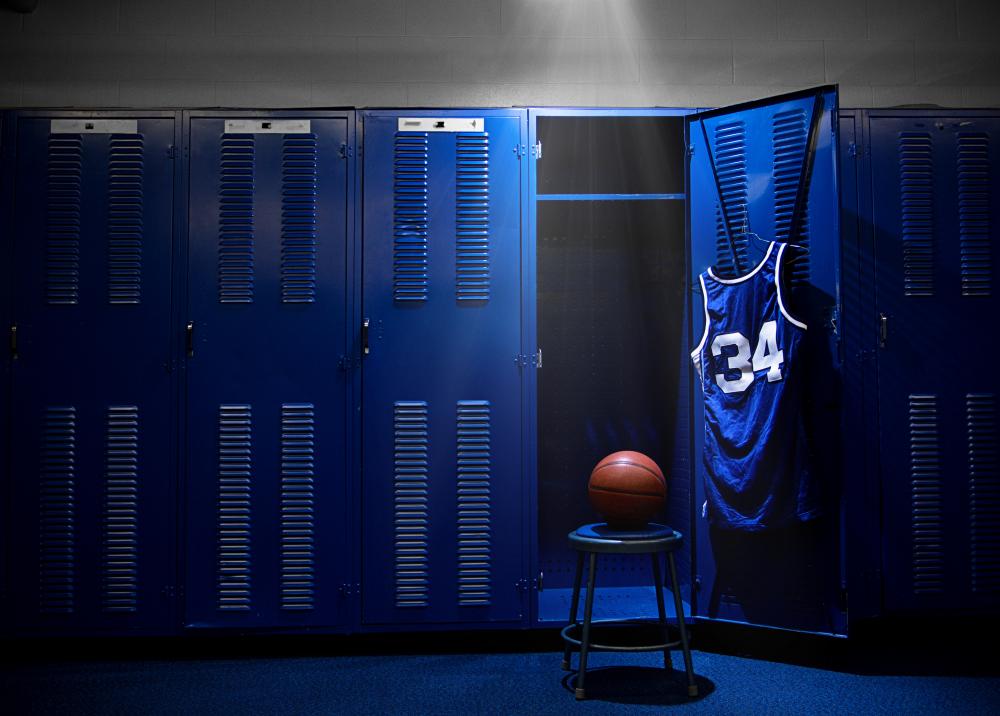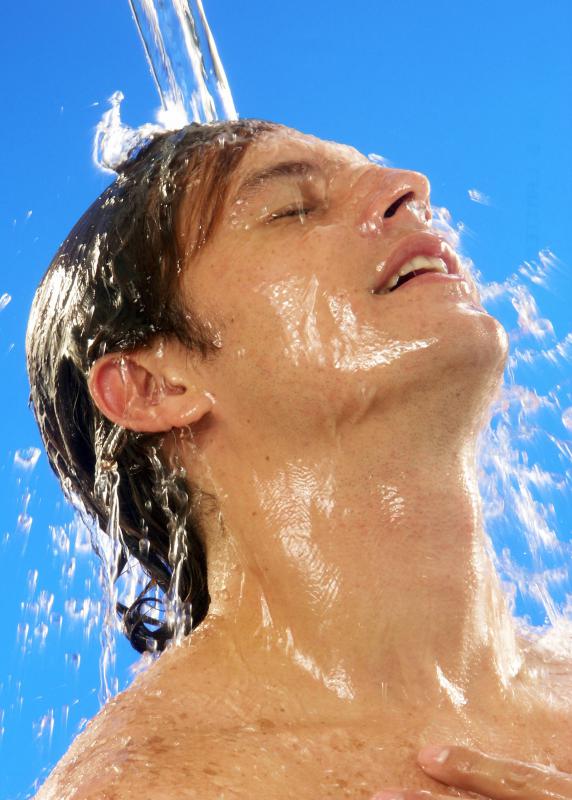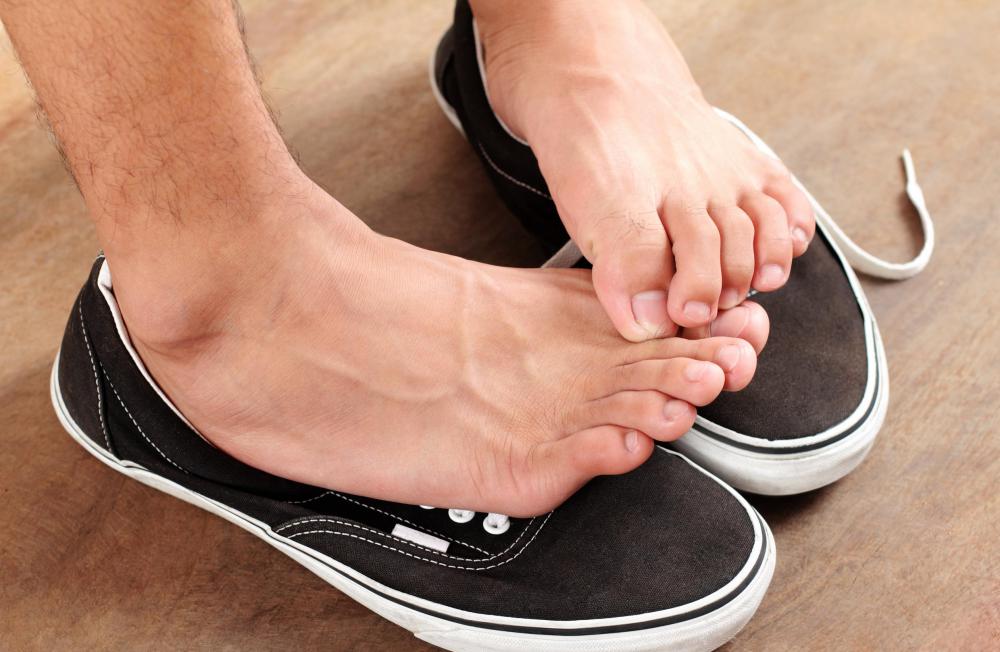At WiseGEEK, we're committed to delivering accurate, trustworthy information. Our expert-authored content is rigorously fact-checked and sourced from credible authorities. Discover how we uphold the highest standards in providing you with reliable knowledge.
What are the Most Common Athlete's Foot Symptoms?
Athlete’s foot, or tinea pedis, is a common problem for many people. The most common athlete's foot symptoms include itching and stinging between toes or on the bottom of the feet. Athlete's foot also produces blisters, dry skin that can crack, skin that peels, and thick and discolored toenails. Athlete’s foot can be treated with a combination of careful cleaning, over-the-counter antifungal medications and clean white cotton socks. The most serious cases require medical intervention from a podiatrist.
Athlete’s foot generally develops after feet are exposed to foot fungus in a gym locker room or public shower. Sometimes, the fungus is transmitted by trying on shoes with bare feet. Symptoms may be minor at first, with a few noticeable, small, clear, fluid-filled blisters on toes and soles of the feet. Skin on the heel may appear to be dryer than normal and cracks will form, which can get infected if not cared for.

The most annoying athlete’s foot symptoms tend to be the itching and burning associated with this condition. This can become unbearable, particularly when feet get sweaty or hot from wearing boots and athletic shoes for long periods of time. It is recommended that feet have a chance to breathe while undergoing treatment for athlete’s foot symptoms. Clean, white, cotton socks are often helpful when treating feet for athlete’s foot.

When athlete’s foot symptoms are at their worst, sufferers will notice larger patches of blisters and red itchy scaling along the sides and heel of the foot. These blisters will become hard as they dry and skin will often peel and crack painfully. This is because the fungus is getting deeper into the delicate skin of the feet. If left untreated, the fungus that causes athlete’s foot will eventually invade the bed of toenails, causing them to become thick and yellowish. The nails may separate painfully from the nail bed.

When athlete’s foot symptoms first appear, many times people don’t realize that a fungal infection has started. Symptoms may be mild and barely noticeable until the fungus sets into the skin and toenails of the foot. As soon as any of the above symptoms of athlete’s foot start, it’s important to care for feet so that a more serious infection doesn’t occur.
AS FEATURED ON:
AS FEATURED ON:
















Discuss this Article
Post your comments